The Acropolis Museum style of architecture is by far modern and stands on more than 100 concrete pillars suspended over an excavation site. The details of the Acropolis Museum exhibits and works of art are jaw-dropping, and the archaeological ability that brings history to light is humbling. I remember the first time I was here how impressed I was walking on glass floors that show off the ruins of homes excavated during its construction. Ever since I was back two more times and I know, this won’t be the last. The airy glass-and-concrete building hosts Archaic and classical finds from the Acropolis site.
Not far from the entrance you come across a collection of ceramic bowls, plates and wine glasses. These were found buried in the floor of a 3rd Century BC house. The Greeks had a great appreciation for the human body. Males’ nude, but women naked only in public baths. Unfinished statues and clay moulds, mythical figurines of ancient times. Collections of figurative vases with three-dimensional bodies.
The Acropolis Museum
Magnificent craftsmanship expertly transformed compressed marble into flowing fabrics draped over dancing women.
The Acropolis Museum
Athena with her cloak made of snakes. The real triumph here is the work that went into restoration efforts – the plaster casts that complete the statues are of unparalleled beauty.
Floor Archaic Gallery
This column-filled gallery is bright and flooded with natural light. It houses sculpture from roughly 700 BC – 480 BC. The permanent exhibition on level one houses myriad of statues remnants from the archaic period, most of them being votive offerings, offered to the ancient Greek goddess, Athena.
The Acropolis Museum
There is a section of portrait busts, historical figures like Alexander the Great in his youth, Agrippa the Younger, a portrait of a Barbarian from the 3rd quarter of the 2nd Century AD exhibited in the Roman period.
The collection of exhibits of the Acropolis Museum includes creations of archaic sculptors who had a talent for depicting lifelike stone carvings of animals.
The Acropolis Museum
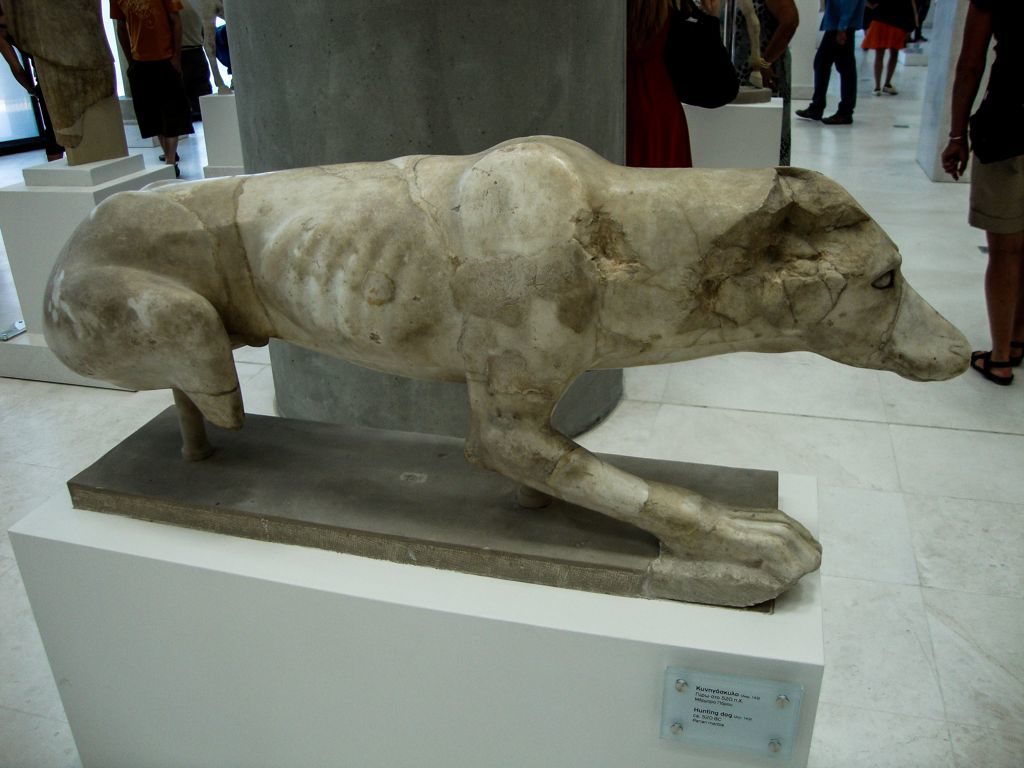 One example, the Hunting Dog. Also women statues, many with traces of the original paint that expertly decorate carved fabric tunic, clothing their stylistic, yet voluptuous bodies.
One example, the Hunting Dog. Also women statues, many with traces of the original paint that expertly decorate carved fabric tunic, clothing their stylistic, yet voluptuous bodies.
The Acropolis Museum
The Acropolis Museum
In this same section, a haunting marble face of a woman (5th/4th) Century BC, looks like crying, a marble sphere dating to the 3rd/2nd BC carved with magic symbols and icons suggests we are looking at something that was just as much a mystery to the ancients as it is to those looking at it today.
Temple of the Athena Nike, Erechteion, Propylaia
On the first floor, the crowning jewels of the Acropolis complex and the Museum -the famous Caryatids.
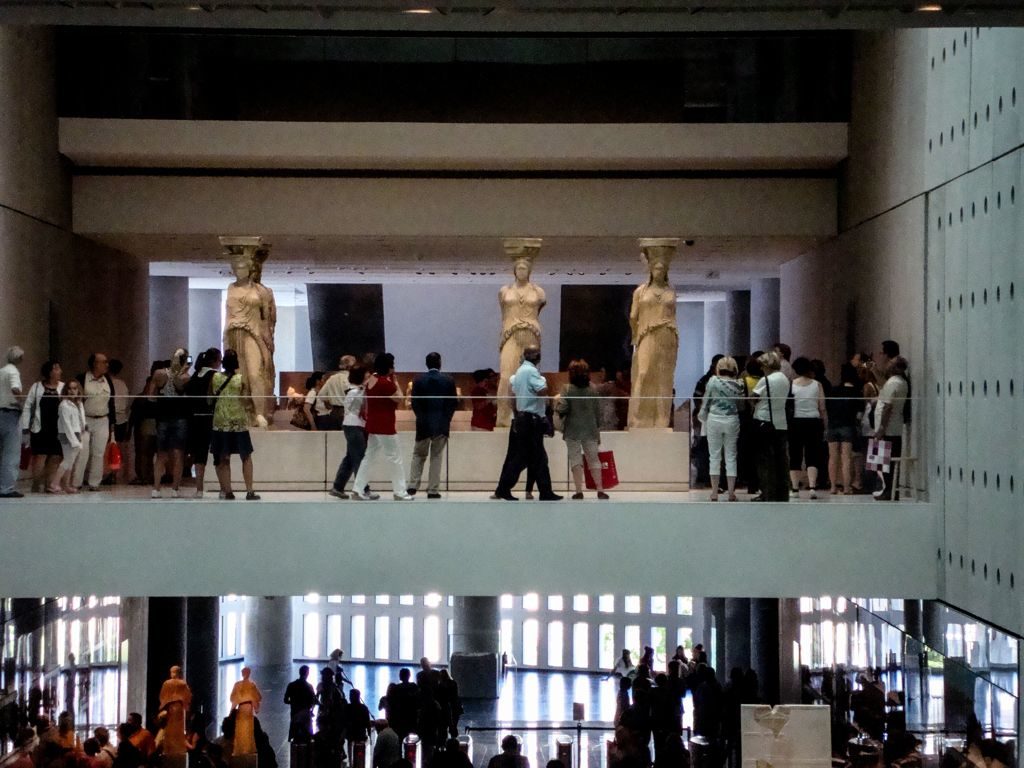 The six female sculptures that held up the Caryatid Porch of the Erechtheion Temple at the Acropolis are displayed so that, from certain vantage points, they appear to hold up the gallery roof.
The six female sculptures that held up the Caryatid Porch of the Erechtheion Temple at the Acropolis are displayed so that, from certain vantage points, they appear to hold up the gallery roof.
The Acropolis Museum
The Sandal-binding Nike, a great example of excellent relief-carving with luscious fabrics draped over an even more lusciously carved out body.
3rd Floor Gallery of the Parthenon
The top-floor Parthenon Gallery offers a 360-degree panoramic view of the Acropolis and modern Athens. Built with the precise geometry and dimensions of the Parthenon, one can admire the inner frieze, the outer metopes and the crowning pediments while looking towards the Parthenon itself, perched atop the Acropolis hill.
It feels as if the pieces have found a home worthy of their stature. A walk around this space evokes the magnificence of the mighty structure!
The Acropolis Museum
History does come alive here! This section is made up solely of fragments belonging to the museum. A number of the displayed pieces are replicas of fragments housed mainly in the British Museum.
Most of the breathtaking pediment sculptures are plaster casts but of excellent quality. The work made is unquestionable, something eloquently expressed in the enchanted faces of its visitors.
The Acropolis Museum
Towards the last leg of your walk around the Acropolis Museum, choose to exit via the ‘slopes of the Acropolis’. You will pass a pair of clay Nikes in immaculate condition, believed to have been decorations from a prominent roof or building from around the 1st-3rd century AD.
The Cafe Restaurant
You can end your visit nicely, with a light meal or beverage at the museum’s restaurant. The Café & Restaurant is on the second floor. Open during museum hours and stays open until midnight on Fridays.
Location
Located in a strategic place, the Acropolis Museum stands less than 1.000 feet southeast of the Parthenon in the historic and Makryianni district. The main entrance is from the Dionysios Areopagitou pedestrian Street that links the Acropolis to other important archaeological sites in Athens.




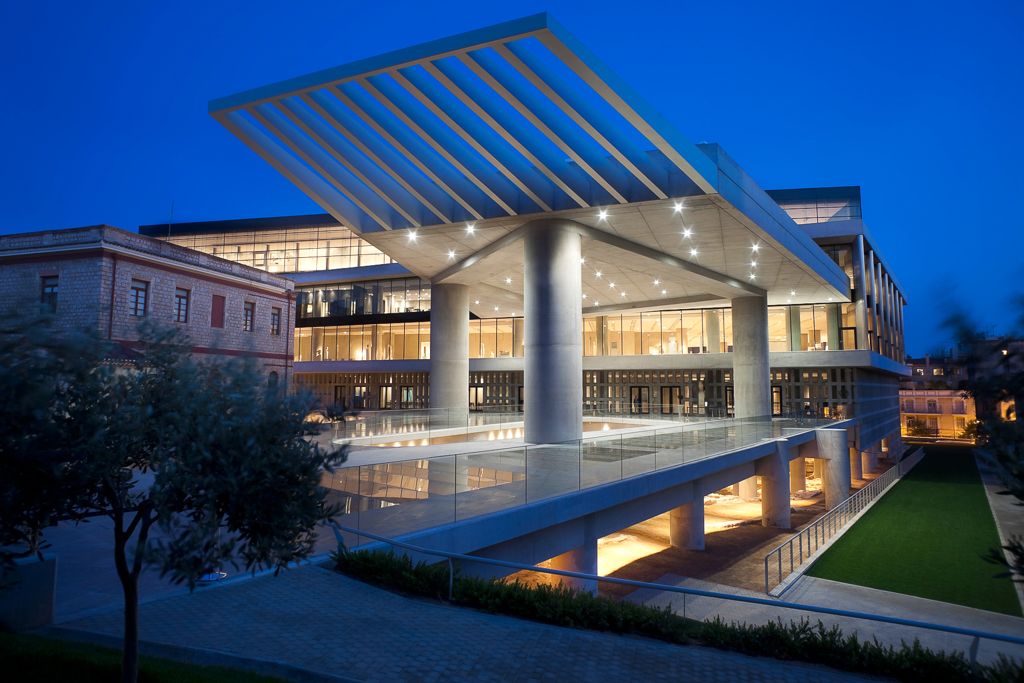
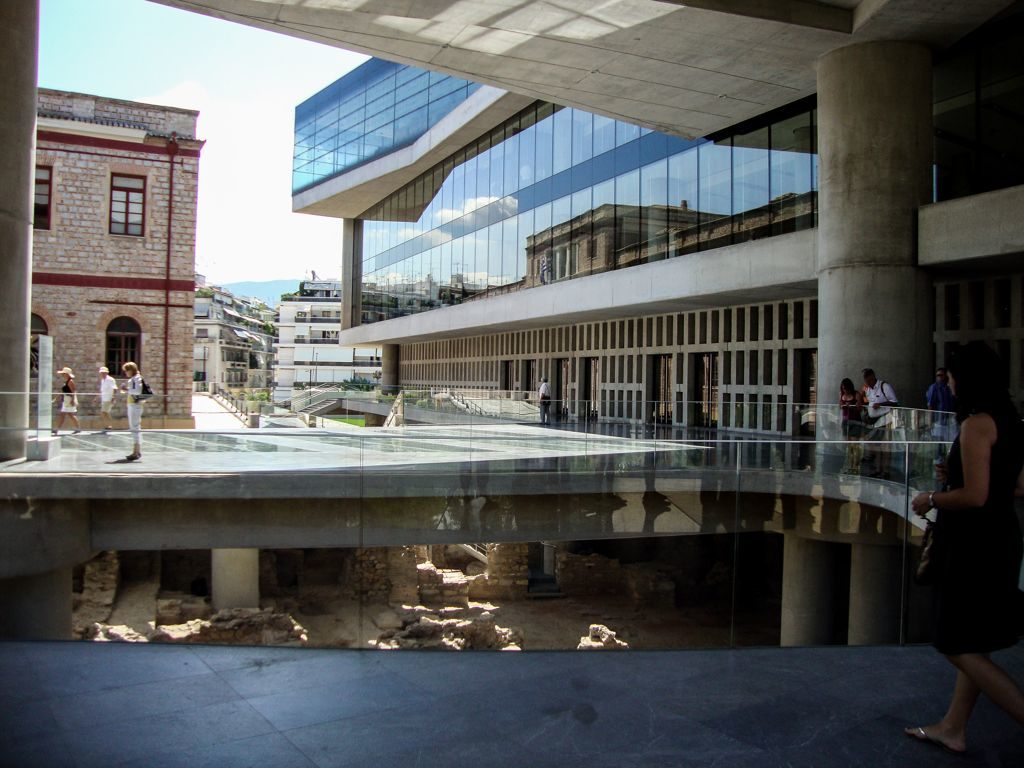
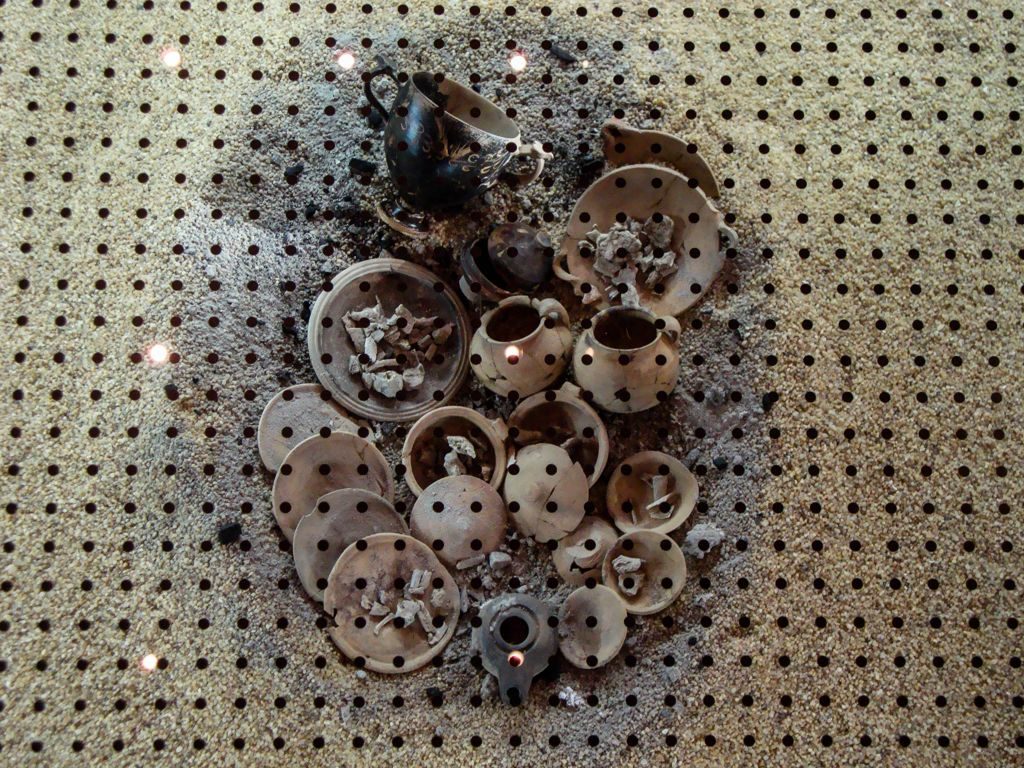
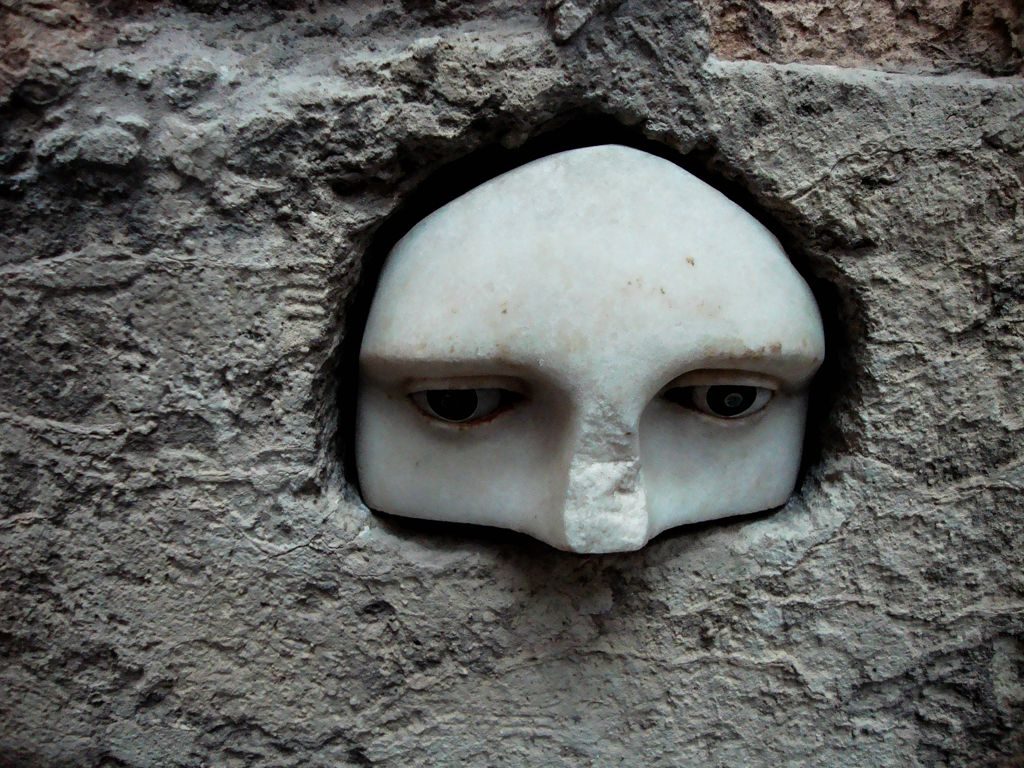
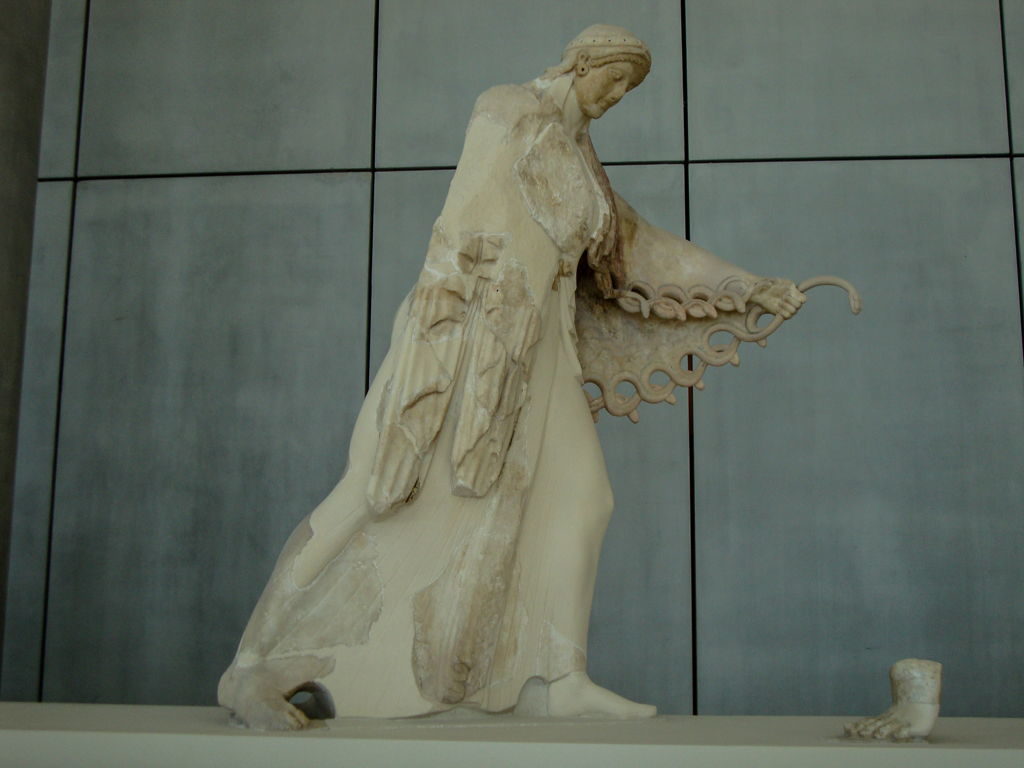
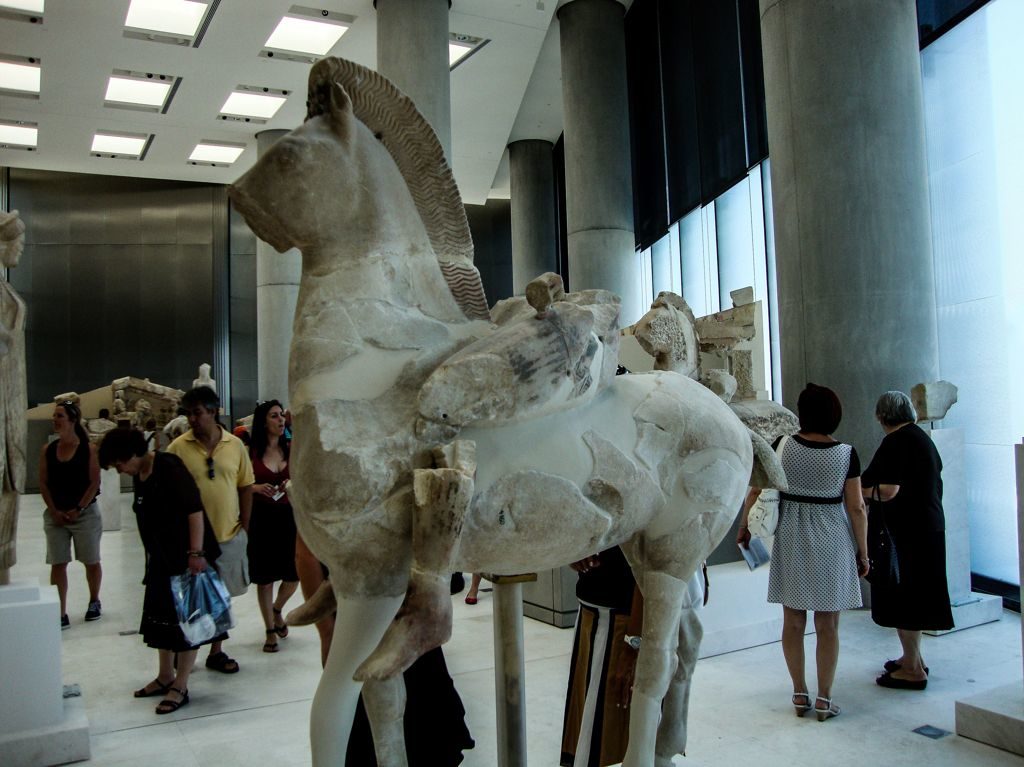
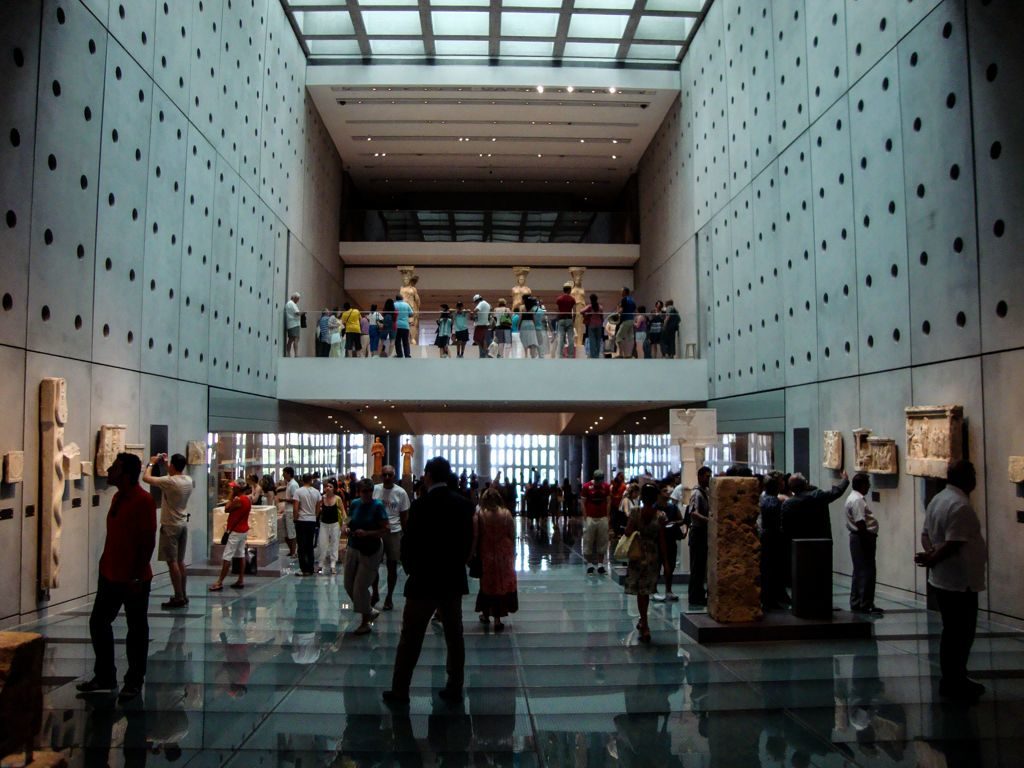
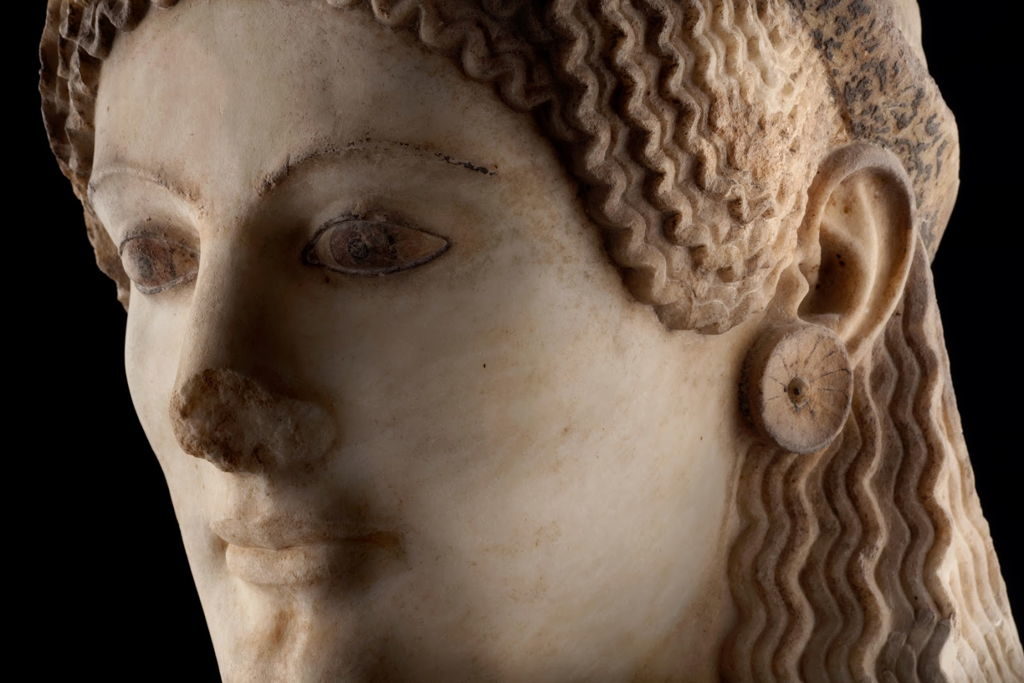
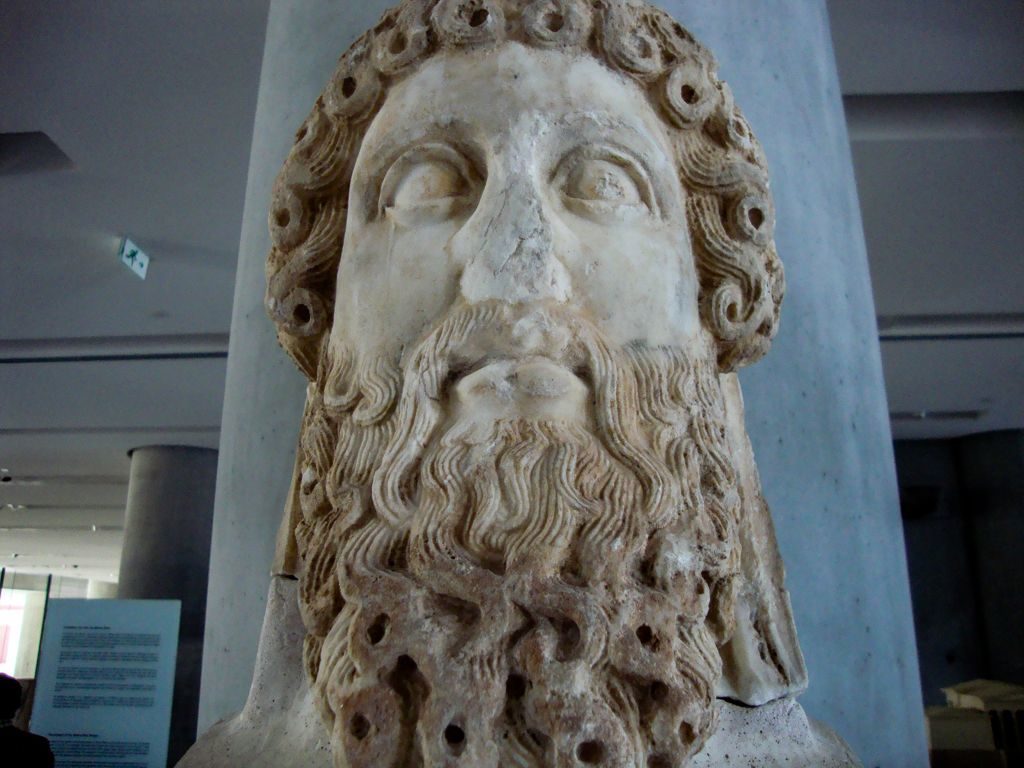
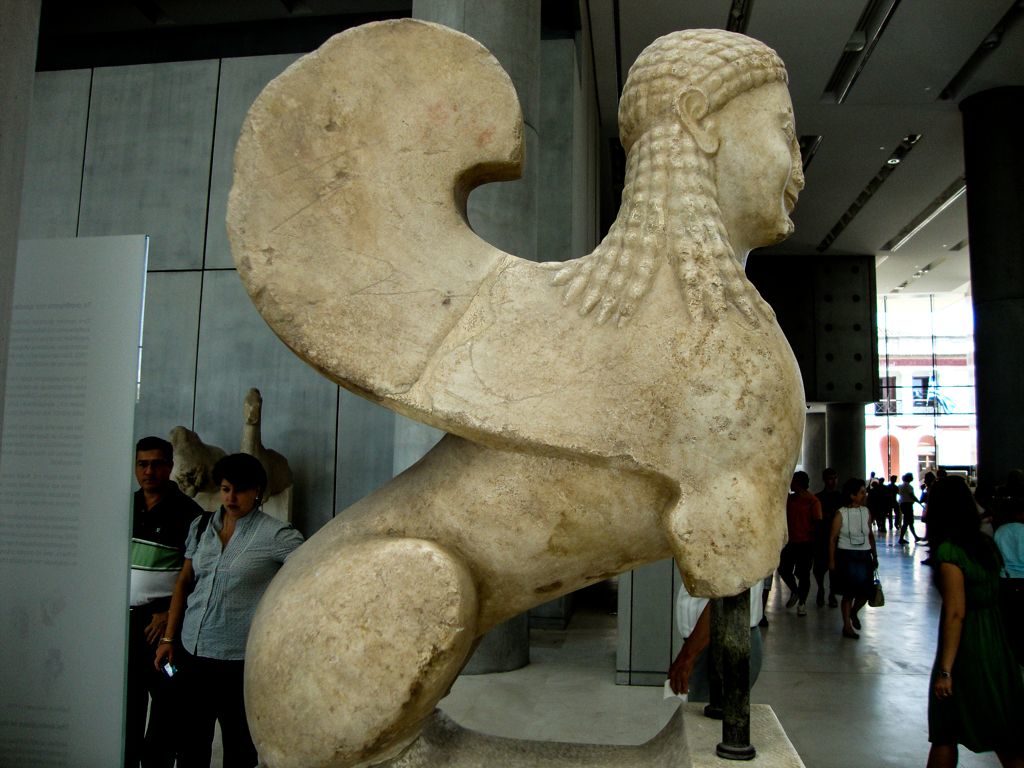
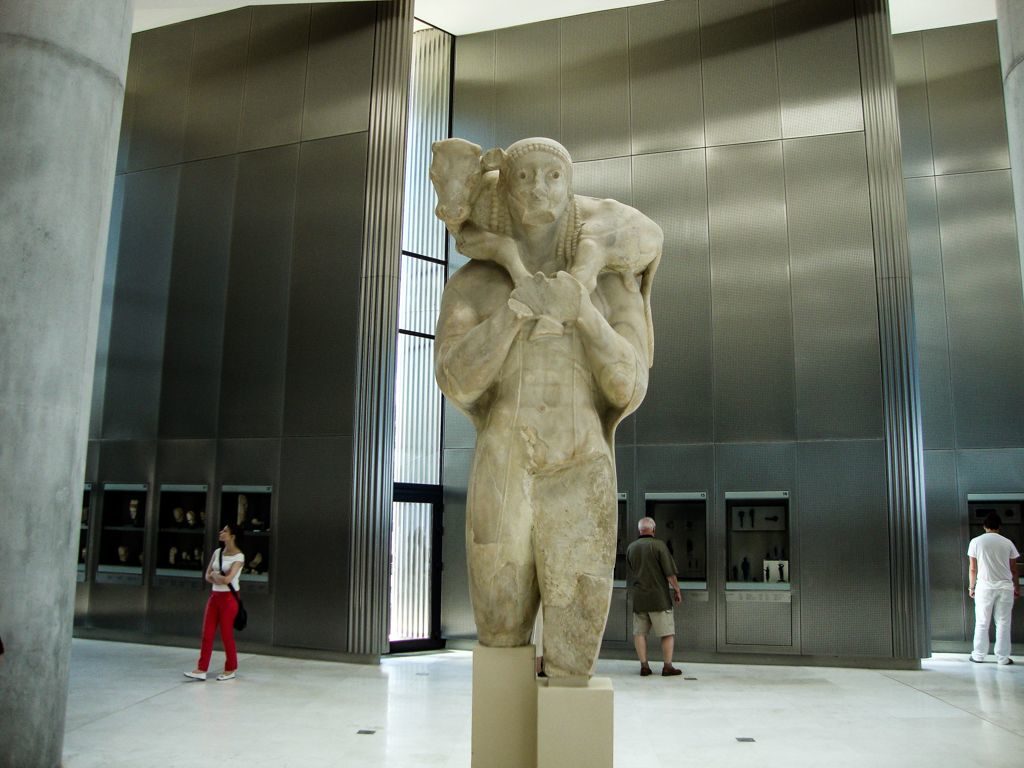
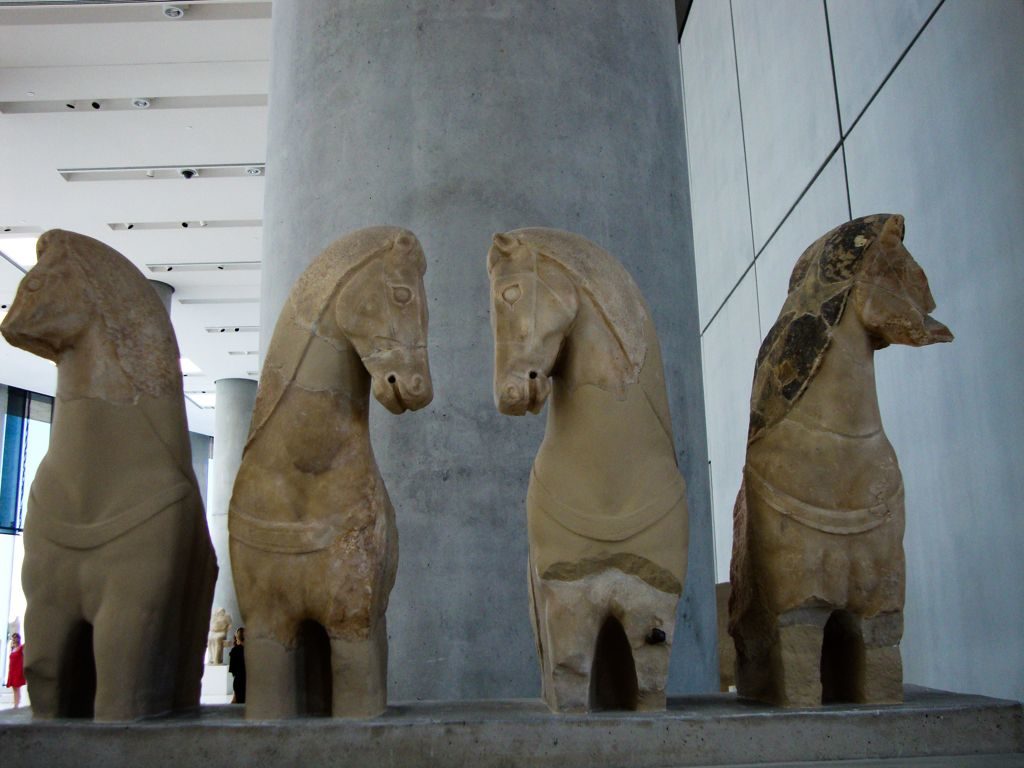
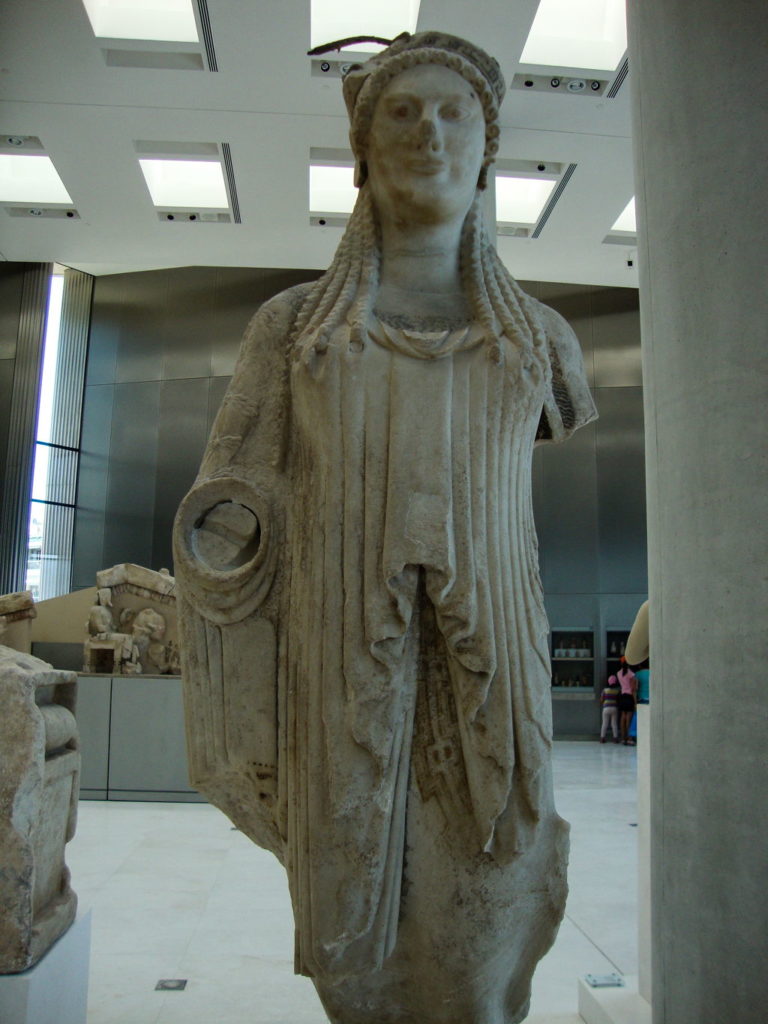
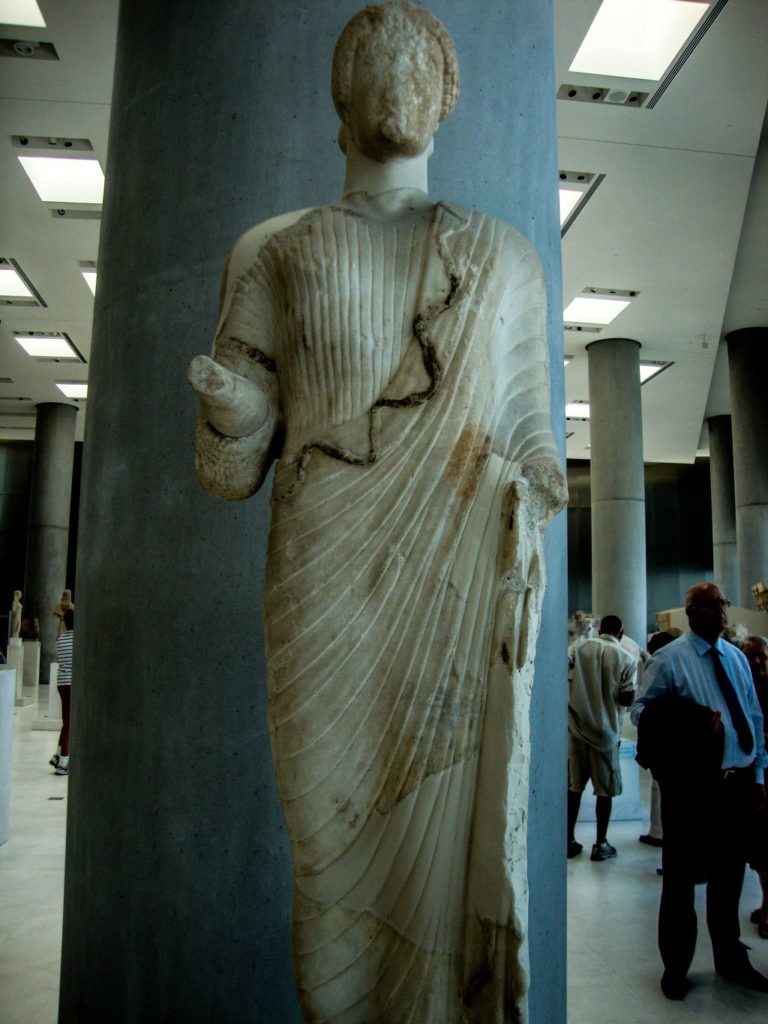
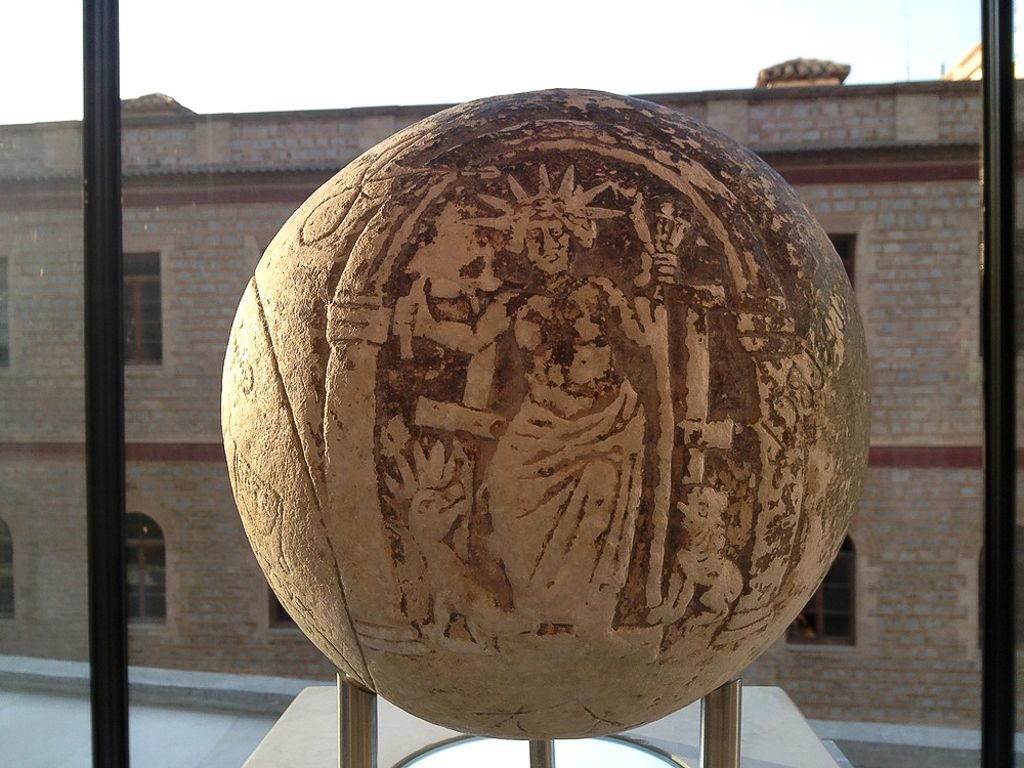
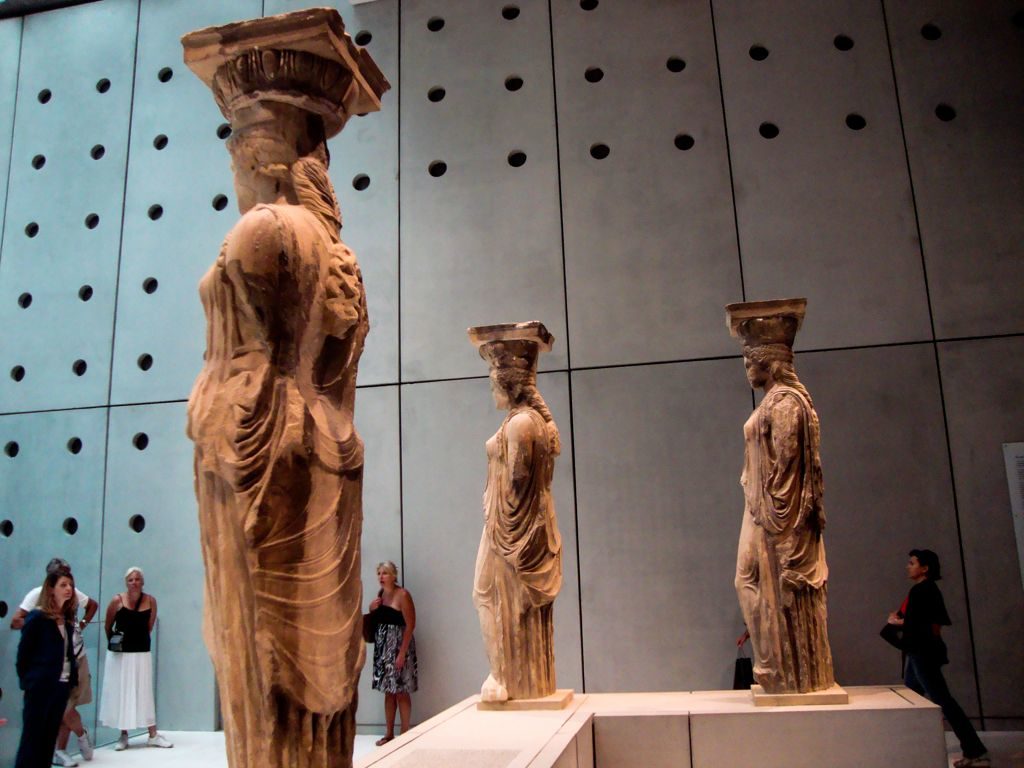
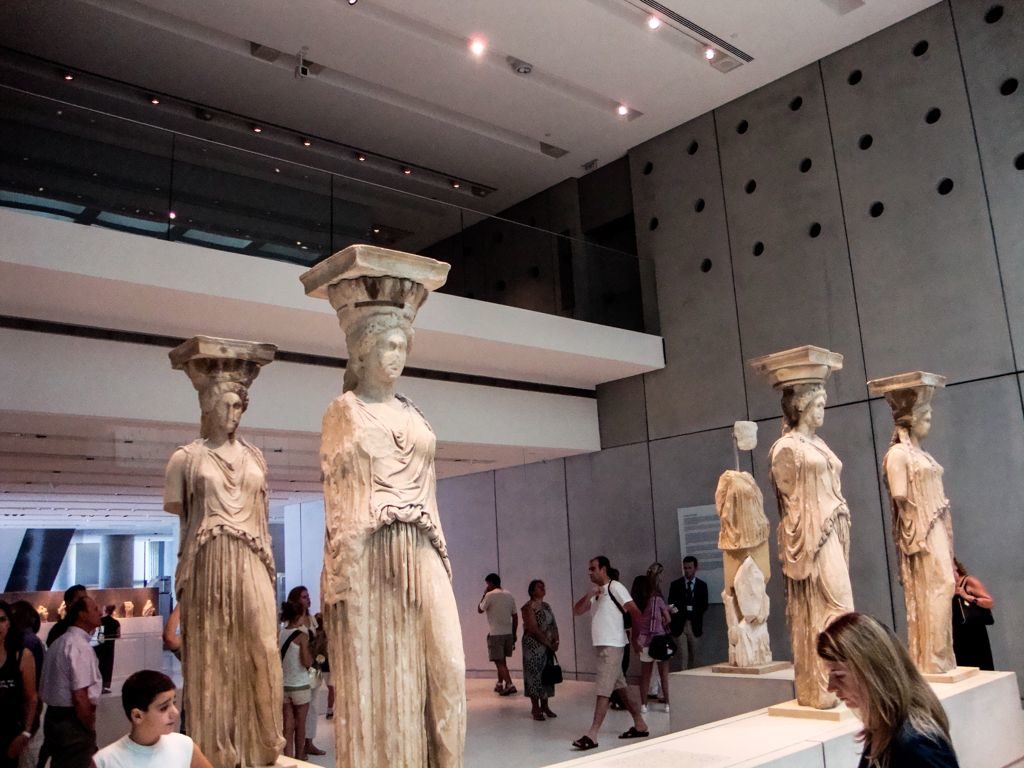
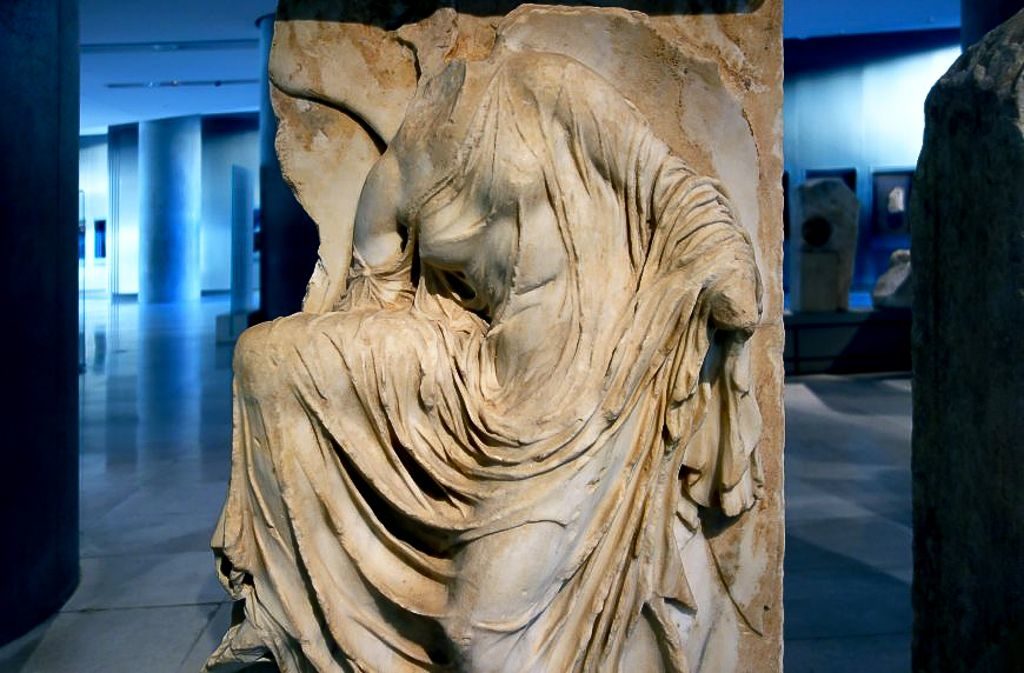
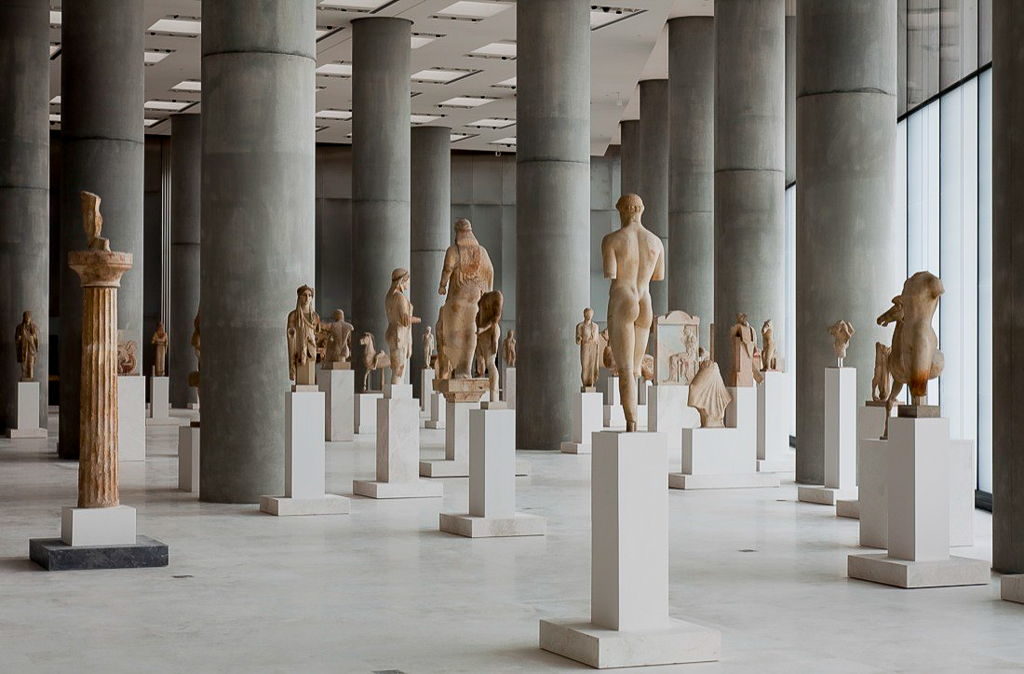
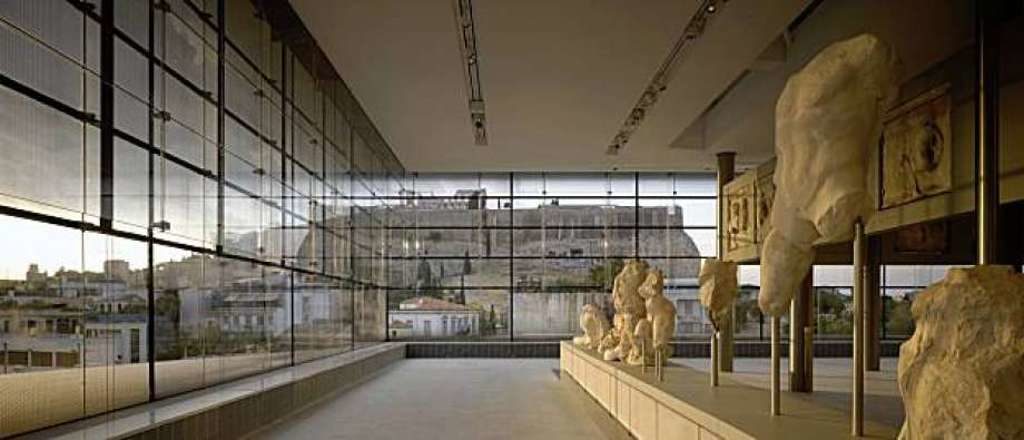
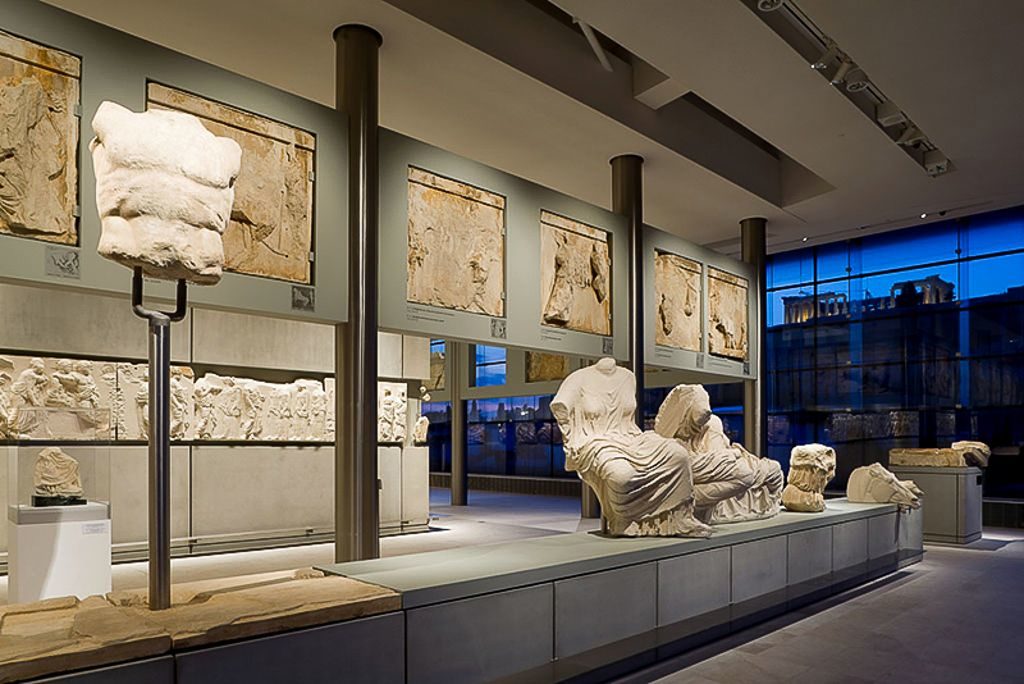
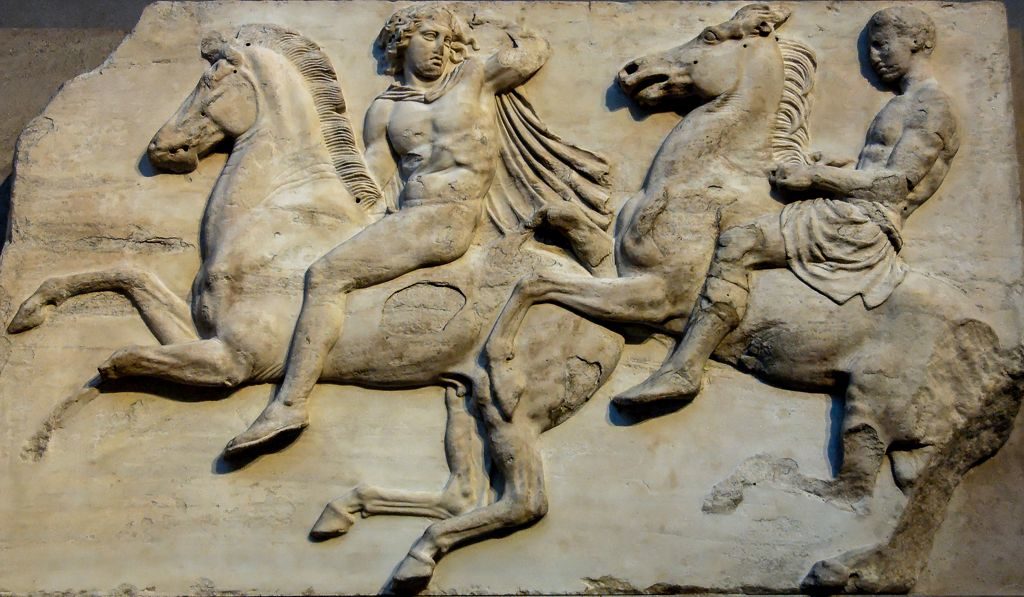
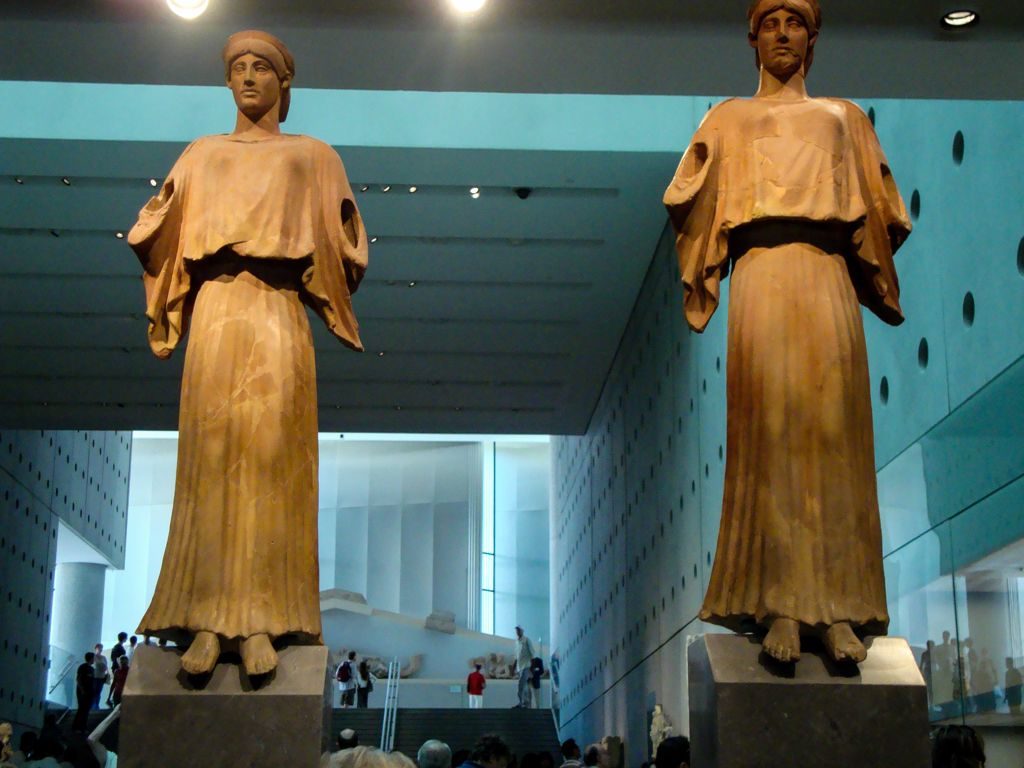
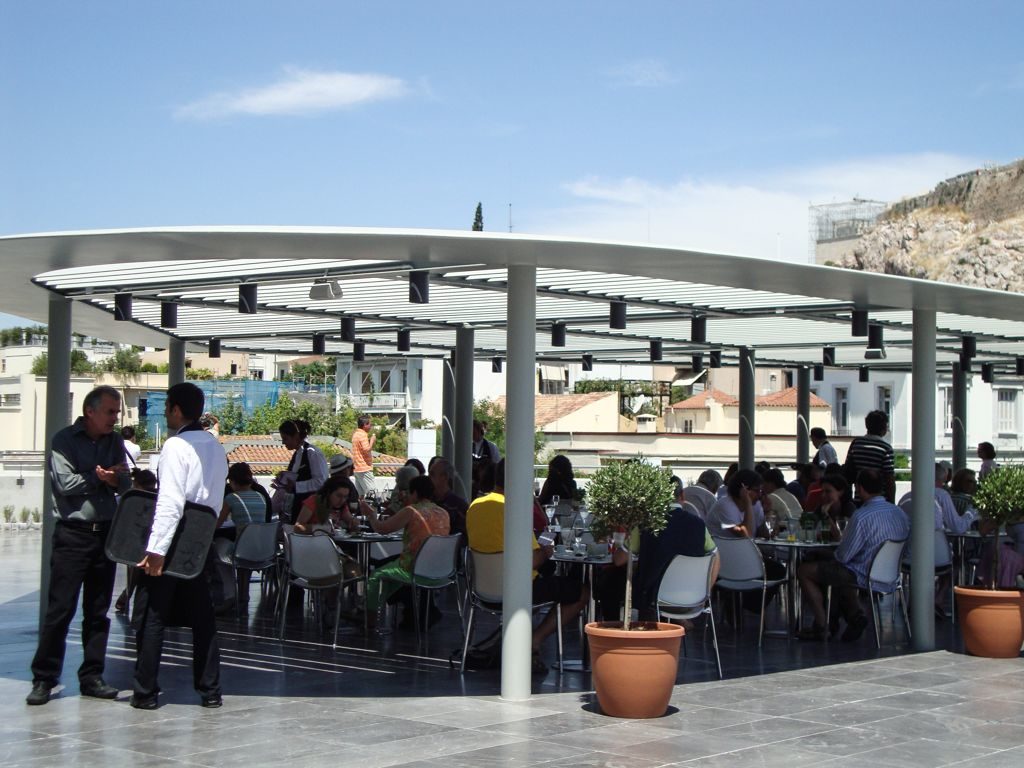









After reading your amazing articels, I want to pay a visit to Greece more and more…
Once again I thank you for checking Greece Travel Guide. I am glad you read and found the article nice, and looking forward to seeing you in Athens soon. Definitely, the Acropolis Museum and the Parthenon on the hill across are a “must visit”.